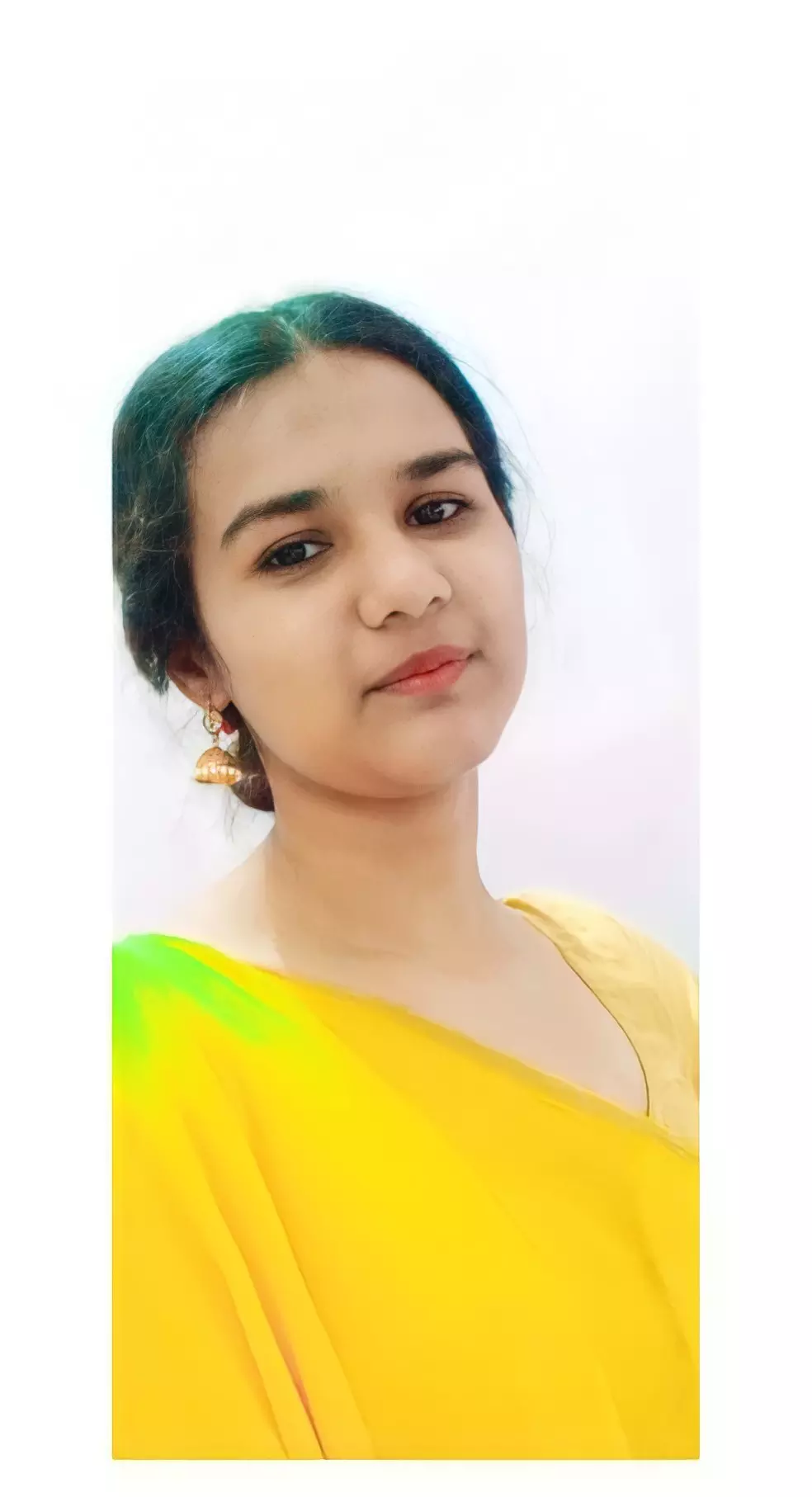TRENDING TAGS :
Indian-American student wins NASA's Power to Explore Challenge
Aadya (12), a resident of Redmond, Washington state, was declared the winner in the fifth to eighth grade category by the US Space Agency. Renee Lin was the winner in the Kindergarten to fourth grade category and Thomas Liu was the winner in the ninth to 12th grade category.
Indian-American student Aadya Karthik has been declared one of the three winners of NASA's Power to Explore Challenge. NASA on Wednesday announced the winners of the third annual Power to Explore Challenge. It is a national writing competition designed to teach students in kindergarten through 12th grade about the power of radioisotopes for space exploration.
Aadya (12), a resident of Redmond, Washington state, was declared the winner in the fifth to eighth grade category by the US Space Agency. Renee Lin was the winner in the Kindergarten to fourth grade category and Thomas Liu was the winner in the ninth to 12th grade category.
The competition asked students to learn about NASA's Radioisotope Power System (RPS), the "nuclear battery" the agency uses to explore some of the most extreme sites in the solar system and beyond. In 250 words or less, students had to write about a mission of their own enabled by these space power systems and describe their own power to achieve their mission goals.
"After making several interesting discoveries, the Cassini spacecraft fell into Saturn's atmosphere in September 2017, never to be heard from again," Ada wrote. However, Cassini's legacy lives on, as its discoveries are still celebrated by the scientific community. It is studied, especially its research on Saturn's many moons.
Shee further wrote that Saturn's fifth largest moon, Tethys, is largely composed of water ice. Mysterious red arcs were observed on the lunar surface during the Cassini flyby in 2015, their origin unknown. Similar features have also been observed on Jupiter's moon Europa, where life could potentially exist, pointing to some connection between the two moons. To investigate this mystery, my flyby spacecraft, named Destiny, will attempt to understand the origin and structure of these arcs using spectrometers and camera systems operating in the infrared light range.
She said in the article that by comparing this data with similar data of Europa, the relationship between the two moons can be revealed. Like Cassini, Destiny will use the gravitational assists of Venus, Earth and Jupiter to reach Saturn in 7 years. To survive in the dark environment near Tethys where solar illumination is 1/100th that on Earth, Destiny will use MMRTG, a type of RPS, as an efficient and sustainable energy source.
Finally, Adya concluded, “Like RPS, I strive to be strong, no matter what challenges I face. For any space mission, strength is important, as challenges are bound to arise. My "Perseverance will help me design creative solutions to these obstacles to lead Destiny through a successful mission."



